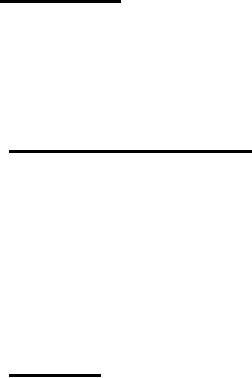 |
|||
|
|
|||
| ||||||||||
|
|  MIL-T-52843C
The reservoir filler neck shall contain a removable 50 mesh, or
finer, strainer retained in place unless all oil added to the
reservoir is filtered by an equal or finer filter prior to passing
through the pump. The filler tube shall be not less than 1 inch
inside diameter. The reservoir pump inlet line suction openings,
except for the auxiliary steering pump opening shall be located a
minimum of 2 inches above the bottom of the reservoir. When
furnished, the auxiliary steering pump inlet line suction opening
shall be located a minimum of 1/2 inches above the bottom of the
reservoir. Except for sealed reservoir, a pressurized breather with
30 psi maximum relief valve and 1-inch Hg vacuum breaker shall be
furnished. The breather shall have a nominal rating of 40 microns.
The breather shall preclude the entrance of water. The reservoir
shall provide a tortuous flow path from the reservoir inlet to the
reservoir outlet in order to prevent a direct current between the two
ports. All return line flow except the vent line shall discharge into
the reservoir at a level which is below the oil level in the
reservoir. When filters are located within the reservoir, a removable
50 mesh, in-tank suction strainer with bypass valve shall be
installed in the suction line of the reservoir unless a suction line
filter is furnished in accordance with 3.12.3.2. The reservoir shall
have suction flanges and one or more access holes with covers for
inspection, cleaning and maintenance of the entire inside.
3.12.5 Relief valve. A relief valve shall be provided to limit the
pump pressure to the maximum required to perform the necessary system
functions. Relief valve discharge lines should be large enough to
handle the maximum pump output and should return to the reservoir.
Pressure equal to the relief valve shall be obtained only when a
cylinder is bottomed or when the system is subjected to shock
loading.
3.12.6 Hydraulic control valves. The control valve spools shall be
spring centered with sufficient force to return and retain the levers
at the center position throughout all forklift operations. The spool
connection eye end shall conform to SAE J748 and shall not bind while
operating as specified herein. The exposed control-valve surfaces
shall show no evidence of corrosion or pitting when tested as
specified herein. The contractor shall present information during
first article test that the control valves were tested in accordance
with procedures specified in SAE J747 and J1117. The inlet to outlet
port pressure differential shall not exceed 3 percent of the maximum
operating pressure at rated flow.
3.12.7 Cylinders. All hydraulic system and steering cylinders
shall be fabricated from either seamless steel tubing or welded and
redrawn tubing. All welding and brazing to the cylinder within the
zone of piston operation shall be done prior to final machine honing
or rolling of the cylinder. Cylinders shall be so located as to
provide for ease of maintenance and replacement. All internal
cylinder ports shall be located beyond the area of piston travel.
26
|
|
Privacy Statement - Press Release - Copyright Information. - Contact Us |